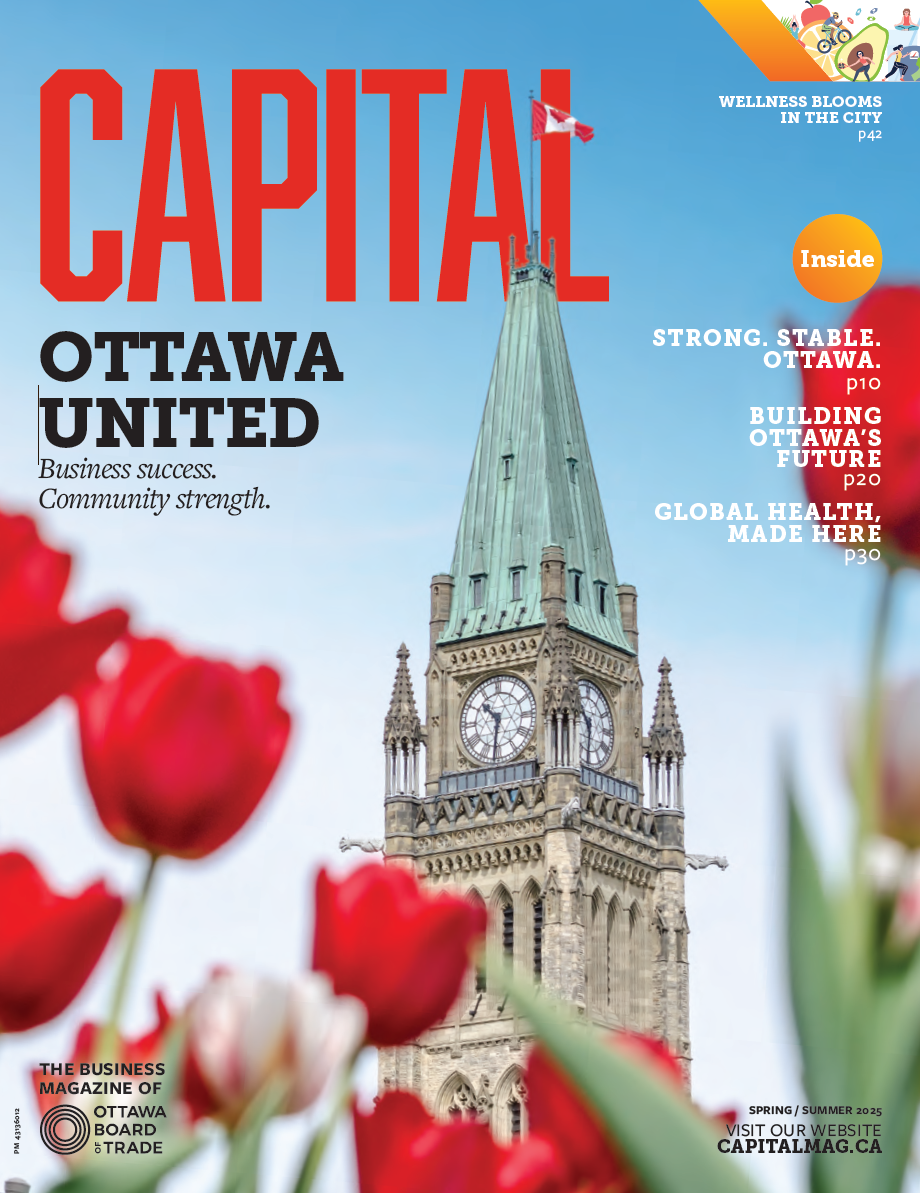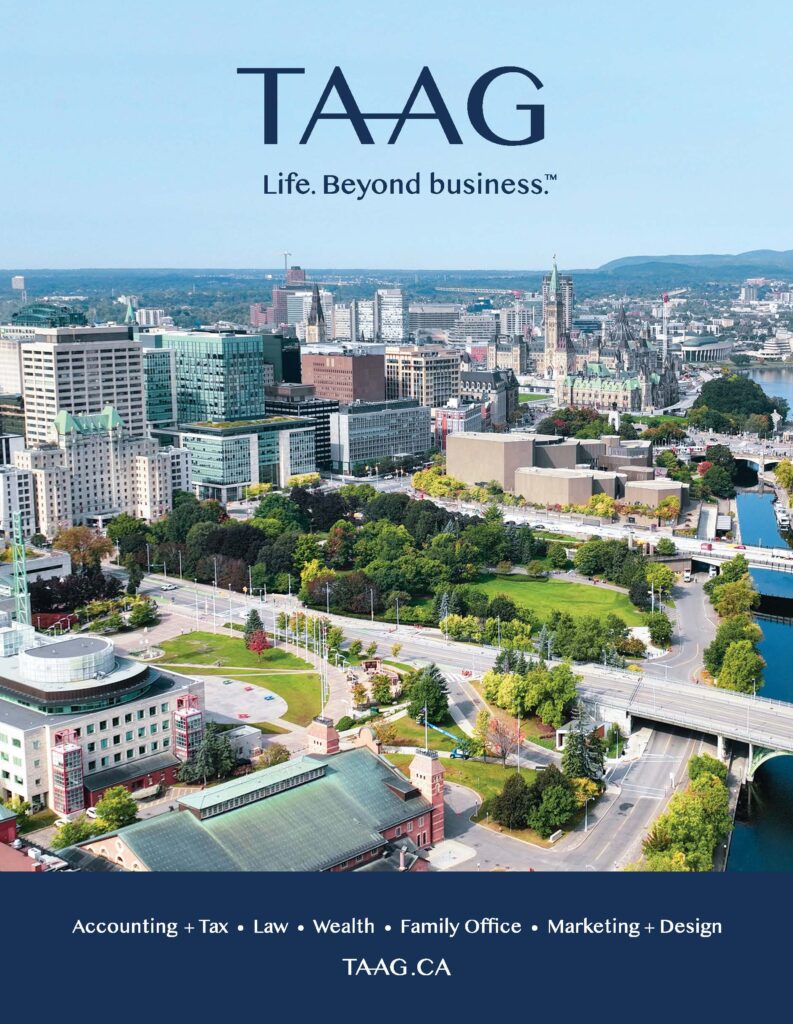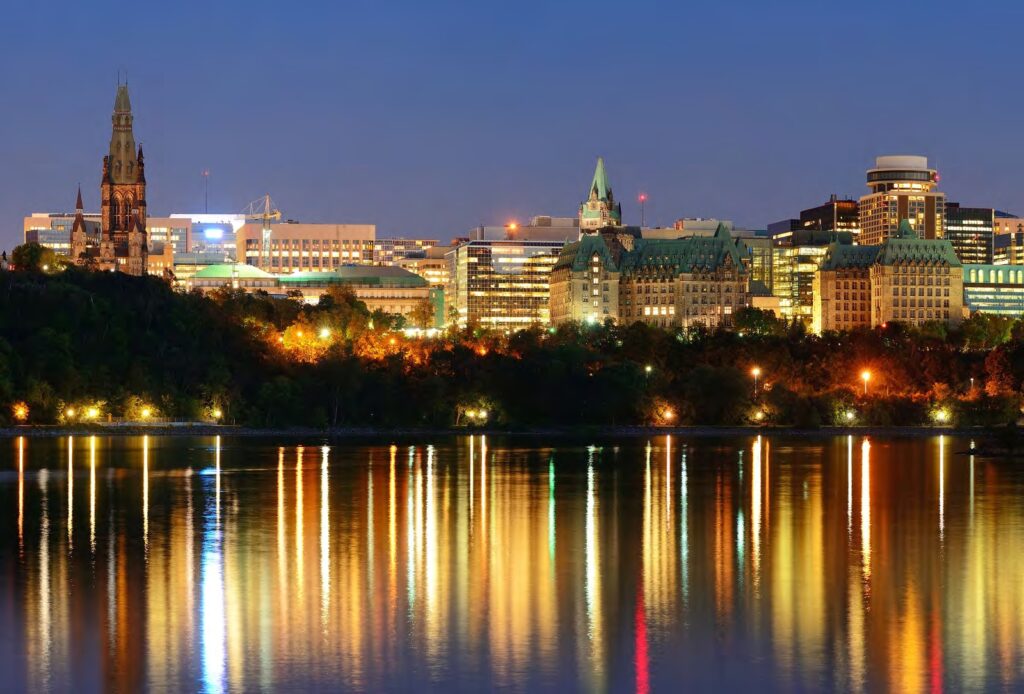Ottawa Succeeds Environmentally and Economically

BY ALJE KAMMINGA
Ottawa’s reputation as a ‘green’ city is well earned. Not only do residents possess an enduring commitment to a sustainable community, one that addresses global issues such as climate change, they actively support local initiatives to promote clean air and water, and public transit. In addition to the collective energy of its residents, the city has a number of natural advantages, like a large land area and a diversity of natural spaces.
But Ottawa is much more than simply an environmental success story. It is also thriving economically, in large part because of its willingness—and its ability—to balance environmental protection with economic prosperity. By basing its actions on a growing wealth of knowledge and experience, Ottawa is making decisions that reduce the human impact on the environment but make sense socially and economically.
This reorientation process is not unique to Ottawa. In Canada and around the world communities are beginning to recognize that an environmentally sustainable future requires insight and action in a number of areas including development patterns, infrastructure, economy and human behaviour. However, residents in Ottawa and the National Capital Region enjoy a key advantage—ready access to a web-based community knowledge centre. Operated by the Ottawa Community Foundation, Ottawa Insights collaborates with a broad range of community partners who collect data to support and empower evidence-based decisions and actions.
Ottawa Insights’ reach is broad, covering areas such as health and wellness, economy and employment, and education and learning. In the area of the environment and sustainability, Ottawa Insights focuses on the following:
- Land use and ecology: Effective land use and development are key to environmental sustainability. Decisions that reduce human impact on the environment often make sense from an economic and social perspective as well.
- Waste, water, and sewage: How the city organizes and delivers waste management, provision of tap water and treatment of wastewater (sewage) can significantly influence their environmental impact.
- Transportation: A leading source of greenhouse gas emissions, transportation systems often require huge amounts of land and resources, fragment habitats, and release pollutants. Transportation’s environmental impact is largely defined by how residents commute to work and how they access services and amenities. These are, in turn, influenced by land use planning and transportation infrastructure.
- Climate: Containing the scope and pace of climate change requires major shifts in how we power our economies, cities, transportation systems and homes. The need to adapt—to minimize risks to safety, health, and infrastructure—is also critical.
Residents of the City of Ottawa and the NCR look to organizations like Ottawa Insights to make the best decisions about their communities. Perhaps the most compelling example of the NCR’s success in creating a fully-integrated community is Zibi, a 34-acre neighbourhood overlooking the Ottawa River. When complete, it will be home to 5,000 people and 6,000 jobs. Eight acres of the site are dedicated green space, providing walking trails and cycling paths.
Increasingly referred to as the Waterfront City, Zibi will be Canada’s most sustainable neighbourhood. Not surprisingly, given the support and input of organizations like Ottawa Insights, it will be located in one of Canada’s most sustainable cities.






















